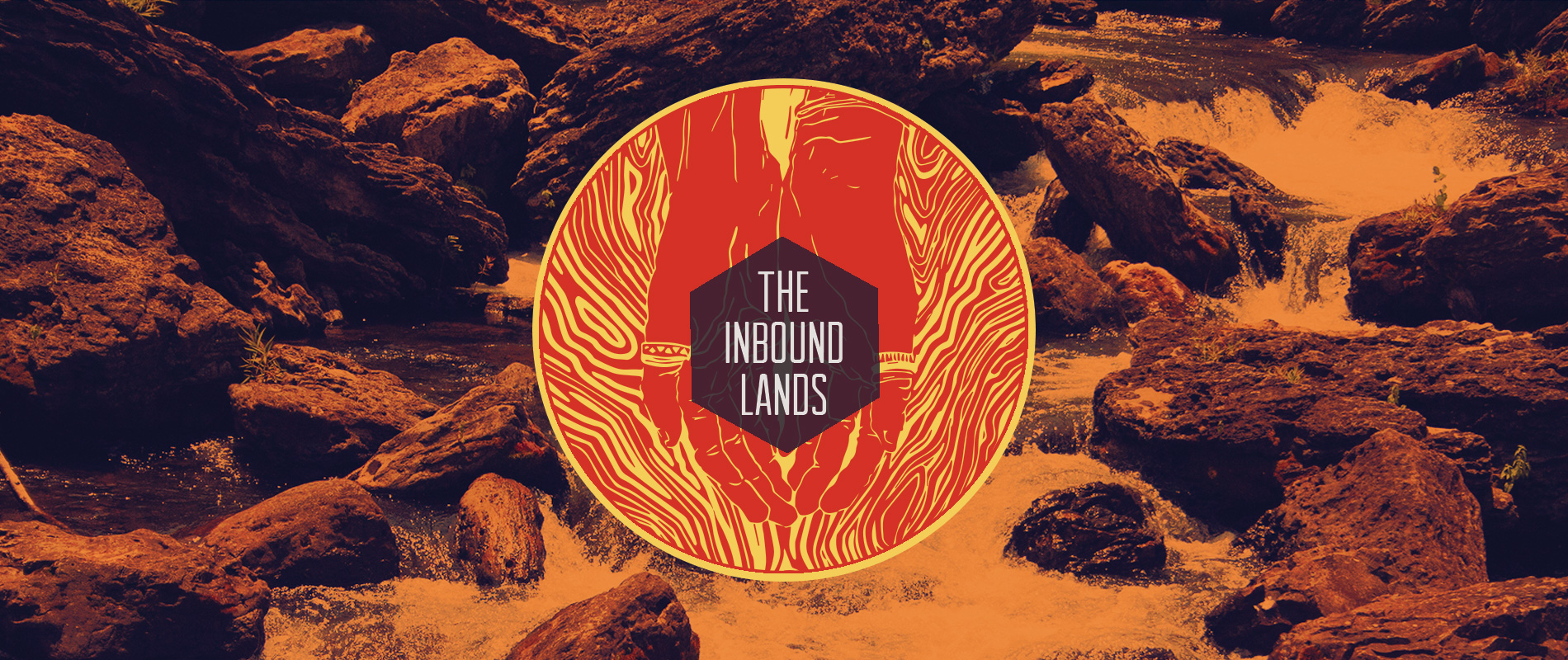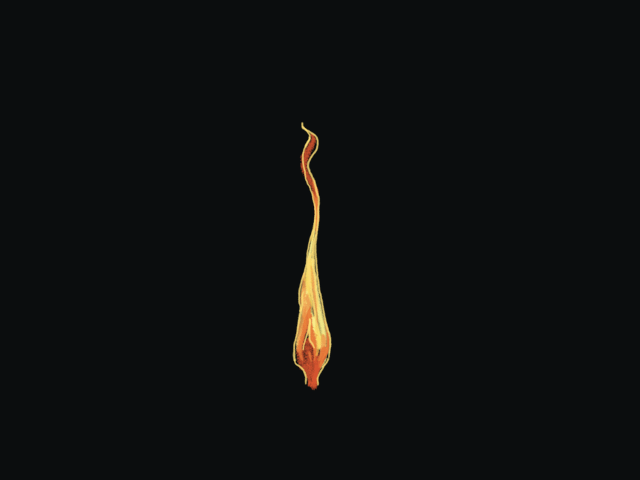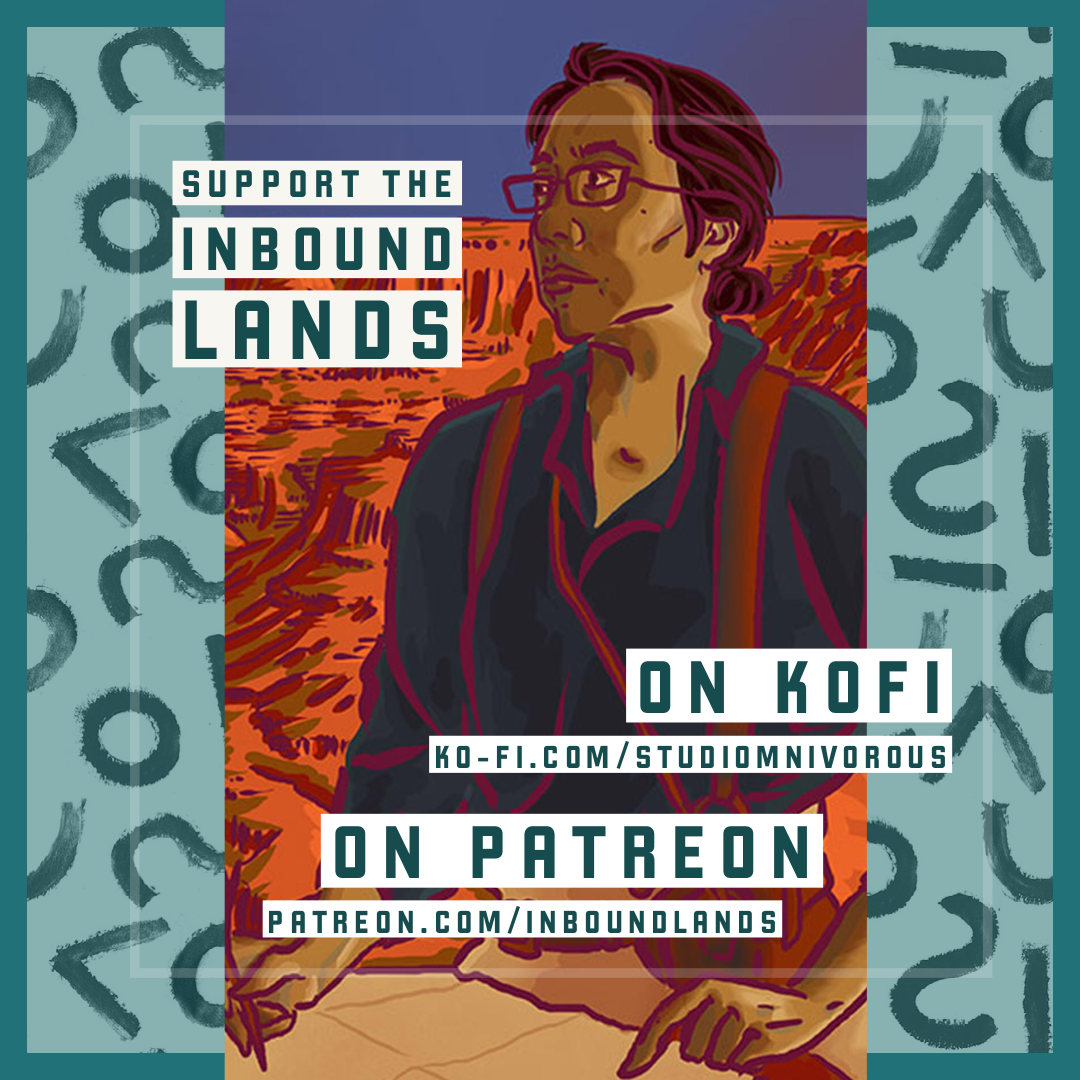Oshpe'zin Ki'kxo
The Feast of Fragments
Known also as "The Fragment Feast," Oshpe'zin Ki'kxo is a festival of the autumn equinox, coinciding with the day of Wahceka, New Years Day.
Oshpe'zin Ki'kxo translates loosely as "Small Pieces of Truth which are devoured" or "A Feast of Small Things." It is tied to images of fire and soot through its connection to Corvus Kkaxe and the events of Corvus Carves The River, but has a wide history and ritual appearing throughout all of the folk of the Inbound Lands encompassing a number of harvest and releasing ritual.
History
Falling on the date of the Autumn equinox, this festival honors the sacrifice of Corvus, whose feathers were burnt black by diverted lava, and whose festival date marks the lengthening of the night, whose time falls under her generosity. It is centered around Wahceka, the idea of the Ni'kashiga New Year: a spiritual passage into Newness, being Centered/Trued, and the release of the old.
It is especially potent when in combination with the end of an A'ce - the embraced collection of a'hu years within a single cycle - where it is preceded by the day of We'nancea'ce, which is a day set aside for the auspicious resetting of life choices. This popular day for mate ceremonies, job transfers, or amicable partings creates a massive bureaucratic and economic shift as the Ni'kashiga schedule transitions to be followed by the most fortuitous Wi^Wahceka, the first New Year of a New Embrace.
Other Origins
Among the Ni'Anman
In the kinder areas of the Southern and Southeastern coasts, it is also believed that the origins of the festival would have been rooted in harvest rituals, celebrating the end of summer's hard work, and feasting on the last of perishable goods before entering winter's fare.Cross-cultural spread between the Ni'kashiga and Ni'Anman
Beginning on Wahceka and in the months leading up to In'shtanha', it is said that the figure of We'ts'a the Snake (or Nohochikan, as he is known amomg the Ni'Anman) crawls through the heavens, devouring the hours of the day and lengthening the night. By the winter solstice, he is satiated and becomes dormant, allowing the telling of fictional tales to be told without incurring his wrath. The lighting of fires - and the symbolic shedding of the past on Oshpe'zin Ki'kxo - light the hours for these tales to be imagined and written down under the safety of night while We'ts'a sleeps, and also spiritually creates space within the individual to digest the power of their own truths now that they have been (in theory) released from the emotional burdens that cloud judgment and understanding. Though We'ts'a appears also in Pa'xo'Anman culture within the narratives of the Telling Deck : We'ts'a, The Snake, there does not seem to be as significant a relation to this time period.Among the Pa'xo Anman
The festival also has roots among the Northern Walkingfolk, with ancient beginnings whose importance resurfaced during the Long Winter. Marking large transitions in life (the most common being the burning of childhood objects as part of the threshold into married life), the ritual provides spiritual thresholds for the folken's mind to cross, signifying a metaphorical point of no return. However, the practice of Shedding actual objects (rather than firewood) is primarily Pa'xo Anman in origin - buried in the bitter winters of ancient history before rising again to popularity during the Long Winter - and remains most commonly in practice among these folk, and is rarely seen in the public spaces of larger, mixed urban centers. The festival also coincides with harvest season for grapes and wines in Ochi O'we. Among inhabitants of Ochi Ni'nini, this is sometimes seen as an inauspicious time to cut one's hair, but if one does, they must burn the trimmings.Cross-cultural spread between the Ni'kashiga and Pa'xo'Anman
Observers of the two cultures pinpoint similarities between the Ni'kashigaie historical figure of Corvus Kkaxe and the Pa'xo'Anman mythological figure of The Gate. The connection is one of controversy, with both sides claiming origin, and the topic has caused many a lively academic fistfight (and in the case of the Lunar Symposium of 658 ak, an actual fistfight, wherein the Hetchling presenter and a Pa'xo'Anman panelist had a "heated discussion" where three other attendees were injured while "moderating"). However, one cannot help but remark on the two, both in physical description and in the associated energies, rituals, relationships, and parallels of myth. Much like among the Ni'Anman and the Ni'kashiga, the date of Wahceka marks the beginning of auspicious times to begin editing manuscripts, and for those along the ritualistic writer's path of The Process Way, the warmer months of research and writing ideally give way around Wahceka for the cooler, sheltered months of editing at The House of The Keep, with the goal that new books would be released around the winter solstice.Execution
Though the fesitval is popular across the entirely of The Inbound Lands, in the weeks leading up to Oshpe'zin Ki'kxo, the towns and cities of Ochi Ihkisoce are especially vibrant with the work of preparation.
As much of the Hotlands itself is not heavily wooded (and what is there falls under environmental and cultural protections), the area sees a sharp increase in imports of lumber from Ochi Paxu , Ochi O'we, and even parts of Ochi Ni'nini.
The markets are filled with a secondary market of new vendors whose primary purpose is the hawking "sentimental" items, to fulfill the supplemental ritual of "Shedding" actual objects: items bought to the fire for the purpose of setting aflame, and which range from symbolic trinkets made of wood or grasses, to "useless" antiques purchased in affluent gestures, or even actual objects from a folken's past.
"Sure, I see the Pa'xo buy up all these things to burn, and of course I'm headed back here this year with items no one else would buy. What saavy merchant wouldn't notice a market ripe for the hawk?" "Bah, admit it! You Ni'kashiga are just materialistic hoarders: the only reason you have trash to sell is because you kept all of it in the first place! If you can't put money in a ripped bag you turn around and try to sell it as a flag!" "Oh, shut up! You're just jealous how I know how to turn an opportunity!"- overheard at the Withered Lotus
Participants
On the actual evening of Wahceka, festivalgoers mark their faces, feathers, or furs with soot. Simple displays are thumbprints of soot in the center of the forehead, while others may create elaborate designs that incorporate black and white ash, and whose patterns use archetypal language to tell elaborate story.
Communal bonfires are set up, from the massive centralized bonfires in the center of town squares, caretaken by specialists, to smaller firepits set up in private residences or rural areas. As participants arrive, they contribute sticks of wood, the size determined both by what can be physically carried, and what is metaphorically carried by the person as they spiritually shed the past year. It is important to note that the wood contributed must be carried by the individual - a practical aspect of the festival that ensures no one fire grows too large or that the fires created are not done so in hedonistic excess - but loopholes to the rule are sometimes made in the cases of shared trauma. Stories tell of groups helping an Elder carry a burden as acknowledgement to intergenerational trauma being released simultaneously, or of affinity groups carrying a large tree to the fire together as a symbol of releasing shared grief. In these instances of exception, it must be obvious that the burden is still large enough to be a physical challenge for the parties involved, and the occasion - rather than the usually joyous moments of personal Shedding - is often observed solemnly and with great honor.
Observance
The festival falls on Wahceka, or "Newness," the first day of the Ni'kashiga year. Coinciding with the date of the Autumn Equinox, Wahceka is considered to be a full month in its own right, set aside especially for the spiritual purposes of self-reflection and assessment of life (as well as the ever Ni'kashigaie practical purposes of calendar-keeping).
Major Locations and Variations of Observance
Though celebrated throughout the Inbound Lands, there are several major centers of celebration:- The largest festival is held at The Caldera in Ochi Ihkisoce, with much of Central Island devolving into massive (often rowdy) celebration.
- Stones set at Tumbankan in Ochi Maninhka - the Ni'Anman astrological center, the Temple of the New Snake - use shadows to create the illusion of the Ni'Anman figure of Nohochkan (the parallel to the Ni'kashiga We'ts'a) crawling from the top of the astronomical center down the ninety-one stairs to the bottom of the pavilion, where crowds gather to light fires as he passes.
- At the Thenar in Ochi Ohkanska East, crowds gather to climb the Thenar in order to add their stick to the bonfire at the very top. In contrast to many of the celebrations, this location - perhaps because of the grueling climb - is taken much more somberly, and the trips are generally made in honor of those who have passed in the year before.
- Among the Pa'xo'Anman of Ochi O'we, celebrations are often accompanied by wine tastings from years before.
- The multiple Chambers - ancient astronomical sites - along the Northern Chain in Ochi Ni'nini are popular among Pa'xo'Anman gatherings, though fires are not generally lit at these locations due to their archeological significance. Instead, Pa'xo'Anman gather to share the memories orally, in short concise stories spoken in the time it takes a match to burn.
- At Ahwahne in Ochi Oxta, rather than starting fires, boats gather in the harbors to watch the sunset off of the rock face of Tutockahnulah, and small floating candles are released in the safety of the waves far from shore.
- In Ochi O'hka, participants avoid bonfires, and instead participate in communal kitchens to create blue-hued Tamai' filled with harvest ingredients. It is especially auspicious to eat tamai' made with leftovers, as part of a "Fragment Feast" to bid farewell to the old year and celebrate the journey into the new. This is said to be a particularly important set of evenings - the night before, and the night of Wahceka - for interpreting dreams, and it is common for revelers to partake in foods and substances said to increase the vividness of dreams.
- Among the Sonke Foxen, this date is typically reserved for sweeping.






Comments